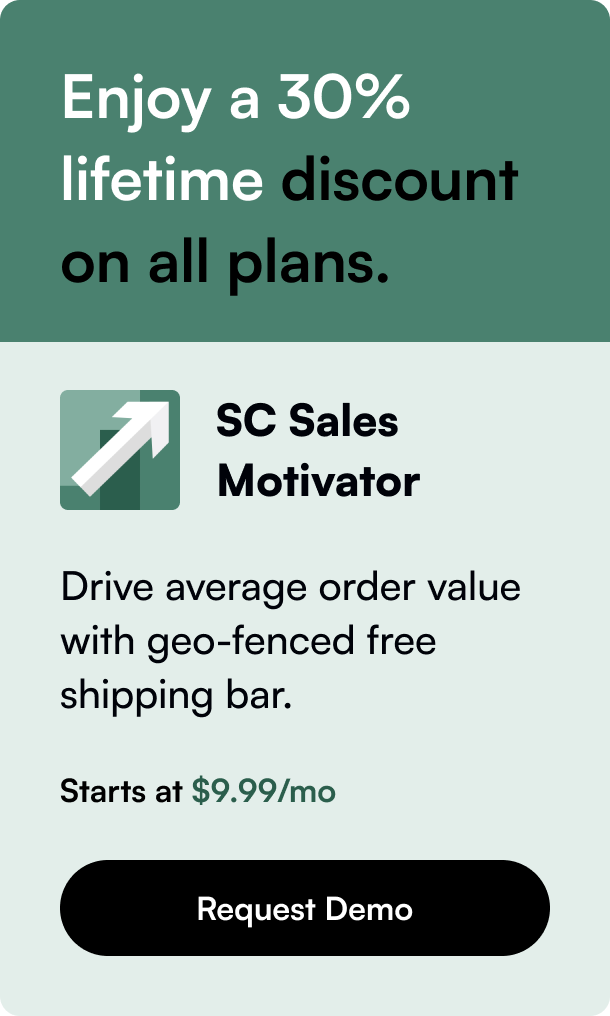Table of Contents
- Introduction
- Understanding Dropshipping: A Quick Overview
- Why Amazon and Shopify?
- Setting Up for Success
- Integrating Amazon and Shopify
- Marketing Your Store
- Managing Your Dropshipping Business
- Scaling Your Business
- Conclusion
- FAQs
Introduction
Imagine being able to run a successful online store without ever having to worry about inventory, warehousing, or shipping logistics. That's the beauty of dropshipping, a business model that has been gathering steam for its low entry barrier and potential high returns. But how about combining the might of two eCommerce giants, Amazon and Shopify, to fuel your dropshipping venture?
This post is your ultimate guide to navigating the dropshipping pathway from Amazon to Shopify. Whether you're a seasoned eCommerce merchant or a budding entrepreneur, you'll find invaluable insights on how to leverage this strategy for maximum profitability and scalability.
Understanding Dropshipping: A Quick Overview
Dropshipping is a fulfillment method where a store doesn't keep the products it sells in stock. Instead, when a store sells a product, it purchases the item from a third party and has it shipped directly to the customer. As a result, the seller doesn't have to handle the product directly. This model drastically reduces overhead and risk, making it an attractive option for many entrepreneurs.
Why Amazon and Shopify?
Choosing Amazon as your source and Shopify as your selling platform offers a compelling combination. Amazon is renowned for its vast product range and reliable fulfillment services, while Shopify provides an intuitive platform for building a customizable online store with robust tools to help you sell, market, and manage your business.
Setting Up for Success
1. Research and Select Your Niche
Before diving in, it’s crucial to choose a niche. Look for products that have a steady demand, low shipping costs, and sufficient profit margins. Tools like Google Trends or Amazon’s Best Sellers can offer insights into popular and potentially profitable niches.
2. Legally Establish Your Business
Depending on your location, you might need to obtain a business license or permit to legally operate your dropshipping store. Consulting with a legal expert can guide you through the necessary steps to ensure your business complies with local laws and regulations.
3. Create Your Shopify Store
Shopify makes setting up an online store relatively simple, even for beginners. Focus on designing a store that’s not just aesthetically pleasing but also user-friendly and optimized for conversions. Remember, your website is the face of your business.
4. Find Products to Dropship from Amazon
Use Amazon to research products that fit your chosen niche. Pay attention to customer reviews, shipping options, and competitive pricing to select products likely to sell well on your Shopify store.
Integrating Amazon and Shopify
While Shopify allows for seamless integration with numerous apps and platforms, directly integrating Amazon for dropshipping requires careful navigation to abide by both platforms' policies. Consider using Amazon Affiliate Program or third-party tools that comply with Amazon's API usage terms for adding Amazon products to your Shopify store.
Marketing Your Store
With your store set up and products listed, focus on driving traffic and converting visitors into customers. Utilize a mix of SEO strategies, social media marketing, email marketing, and paid advertising to reach potential customers. Creating valuable content and leveraging influencer partnerships can also significantly boost your brand visibility and credibility.
Managing Your Dropshipping Business
1. Customer Service
Providing exceptional customer service is pivotal. Since you’re the storefront, customers will reach out to you with inquiries or issues. Be prompt, professional, and personable in your responses.
2. Handling Returns and Refunds
Develop a clear return and refund policy that aligns with Amazon’s policies for the products you sell. This minimizes confusion and builds trust with your customers.
3. Staying Compliant with Amazon’s Policies
Regularly review Amazon’s dropshipping policy to ensure your business model remains compliant. The key is to be transparent with customers about shipping times and ensure you are the seller of record.
Scaling Your Business
As your dropshipping business grows, continually analyze your sales data, customer feedback, and market trends to optimize your product offerings and marketing strategies. Consider diversifying your suppliers and expanding your product range to scale your business further.
Conclusion
Dropshipping from Amazon to Shopify can be a lucrative business with the right approach and a dedicated effort. By carefully selecting products, creating an appealing online store, and implementing effective marketing and customer service strategies, you can build a thriving eCommerce business. Remember, success in dropshipping, like in any business, requires time, patience, and adaptability.
FAQs
Can I legally dropship from Amazon to Shopify?
Yes, you can legally dropship from Amazon to Shopify as long as you comply with both Amazon's and Shopify’s policies regarding dropshipping.
How do I handle shipping and fulfillment?
When a customer places an order on your Shopify store, you order the product from Amazon and have it shipped directly to the customer. Ensure you're transparent about shipping times and costs.
How do I deal with returns?
Establish a clear return policy on your Shopify store. When a return is needed, coordinate with your Amazon supplier to ensure the process is smooth for your customer.
Can I use Amazon Prime for dropshipping to my customers?
No, using Amazon Prime for dropshipping purposes violates Amazon’s Prime Terms and Conditions, as it’s intended for end consumers only.








